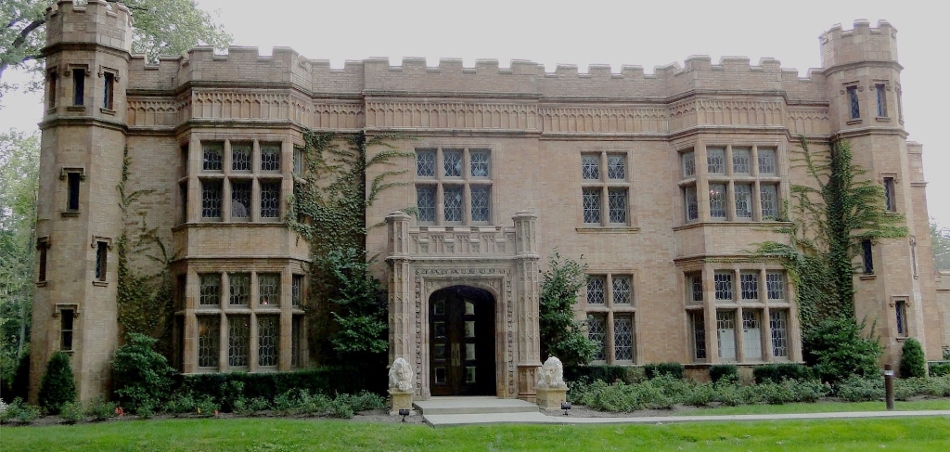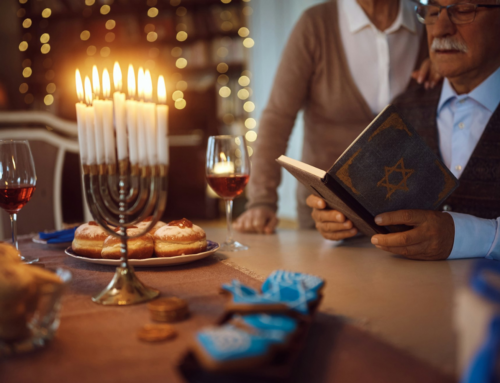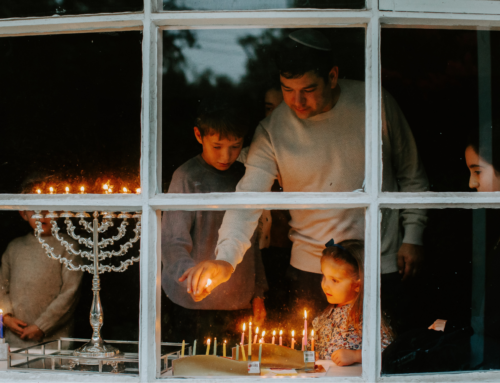
Alnwick Hall in Morristown, New Jersey
The Tewksbury Historical Society will host a free lecture by Historian and Author W. Barry Thomson on Alnwick Hall, the 2017 Mansion in May site, on Sunday, March 12, 2017, at 1 p.m. at the Zion Lutheran Christian Education Building 1 Miller Avenue in Oldwick. The lecture is open to the public; seating is on a first come first served basis. Doors open at 12:30 pm. Refreshments will be served. The lecture will be preceded by a short Society business meeting. For inclement weather call (908) 832-6734 or check the Society’s website at www.tewksburyhistory.net.
Thomson will speak about “Alnwick Hall” / “The Abbey,” which will be the site of this year’s Mansion in May designer show house fund-raising event in support of the Women’s Association for the Morristown Medical Center. Designed and built between 1903 and 1904, “Alnwick Hall” / “The Abbey” is important as one of the last surviving, and one of the best preserved, of the large estate houses that once lined both sides of Madison Avenue from Morristown to Madison, New Jersey, during the so-called “Gilded Age.”
He will set the scene of Morristown and Morris Township during the Gilded Age, with a focus on the development of the estates in the Convent and Normandy Heights areas and along Madison Avenue. He will discuss and show some of the other estates, including financier Otto Kahn’s “Cedar Court,” the Florence Vanderbilt and Hamilton Twomblys’ “Florham” estate (now Fairleigh Dickinson), and the Geraldine Rockefeller Dodge estate, “Giralda Farms.”
Next he will discuss the builders and first owners of “Alnwick Hall,” Edward P. and Rosalie Behr Meany. Edward Meany, a lawyer who, after first developing a railroad network in Mexico, became an important figure in the emerging telephone business as general counsel for the American Telephone & Telegraph Company.
Third, he will discuss “Alnwick Hall’s” architect, Percy Griffin and his commissions. Also to be covered will be Griffin’s wife, Minnie Clark. She was notable as having been one of the most prominent artists’ models throughout the decade of the 1890s. For example, she was the first of Charles Dana Gibson’s famed “Gibson Girls” and also posed for many portraits by such noted artists as William Merritt Chase, Thomas Wilmer Dewing, J. Carroll Beckwith and others. She was the model for a couple of important works by sculptor Daniel Chester French. For example, Minnie was the model for French’s famous 65-foot-tall gilded statue of “The Republic” that was the sculptural centerpiece of the 1893 World’s Columbian Exposition in Chicago.
Next, his talk will discuss the design and development of “Alnwick Hall” itself, including the building’s important stained glass windows. Also to be covered will be the annual musicales that were hosted by the Meany’s. These lavish affairs featured musicians from the Metropolitan Opera orchestra and noted singers and musicians of the day, including famed Russian violinist Efrem Zimbalist, father of the television, stage and movie actor of the same name. The Meanys musicales, which were attended by a who’s who of society (one of their house guests was the young Wallis Warfield, later to become the Duchess of Windsor). The Meanys post-concert dinners were catered by the noted New York restaurant, Delmonicos.
Lastly, his presentation will cover the lives of the Meanys after they sold “Alnwick Hall” and the several interesting subsequent owners of the property.
After leaving a corporate career in New York, where he last served as Senior Vice President and Chief Administrative Officer of the multinational retail holding company, Woolworth Corporation—now Foot Locker, Inc.—Barry has been engaged as a management consultant and has worked on several historic preservation and architectural history projects and as an author and lecturer.
He is the co-author, with the late John K. Turpin, of the two-volume work, New Jersey Country Houses: The Somerset Hills (Mountain Colony Press, 2004 and 2005), he has written and co-written several articles on other aspects of the history of the Somerset Hills that have appeared in The Black River Journal and other publications, and he has prepared nominations of historic sites for the National Register of Historic Places. In addition to his research and writing, Barry frequently gives lectures on various aspects of architectural and local New Jersey history.





